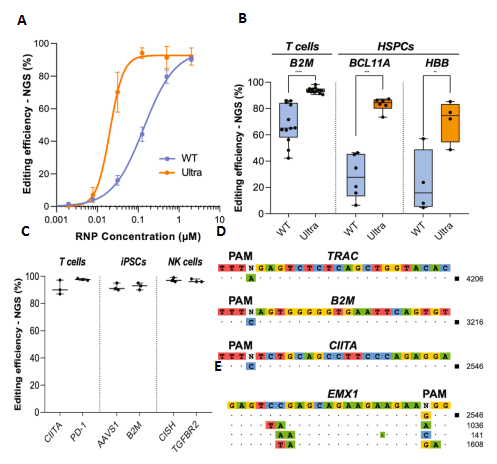Understanding Arousal vs Attraction: The Key Differences That Shape Our Relationships
#### Arousal vs AttractionIn the realm of human relationships and emotions, the terms **arousal** and **attraction** often intertwine, yet they represent di……
#### Arousal vs Attraction
In the realm of human relationships and emotions, the terms **arousal** and **attraction** often intertwine, yet they represent distinct psychological and physiological phenomena. To fully grasp the dynamics of our romantic and social interactions, it is crucial to differentiate between these two concepts.
#### What is Arousal?
**Arousal** refers to a state of heightened physiological and psychological activity. It encompasses a range of responses, including increased heart rate, heightened senses, and a surge of adrenaline. Arousal can be triggered by various stimuli, such as physical touch, romantic gestures, or even visual cues. It is often associated with sexual excitement but can also occur in non-sexual contexts, such as during thrilling experiences or when engaging in competitive activities.
When we experience arousal, our bodies undergo a series of changes. The autonomic nervous system kicks in, leading to responses like sweating, faster breathing, and a rush of energy. This state can be both exhilarating and overwhelming, as it prepares us for action—whether that action is pursuing a romantic partner or engaging in a challenging task.
#### What is Attraction?
On the other hand, **attraction** is a more complex emotional and psychological phenomenon that encompasses the feelings of desire, affection, and connection towards another person. Attraction can be physical, emotional, or intellectual, and it often involves a deep-seated appreciation for another person's qualities, traits, or behaviors. While attraction may include elements of arousal, it is not solely defined by physical responses.
Attraction can manifest in various forms, such as romantic attraction, platonic attraction, or aesthetic attraction. Romantic attraction often involves a desire for intimacy and a longing to connect with someone on a deeper level. Platonic attraction, meanwhile, may not include any sexual desire but still encompasses a strong bond and affection for a friend. Aesthetic attraction is the appreciation of someone's appearance without any desire for a deeper connection.

#### The Interplay Between Arousal and Attraction
Understanding the relationship between arousal and attraction is essential for navigating personal relationships and social interactions. While arousal can enhance feelings of attraction, it does not guarantee them. For example, one may feel aroused in a thrilling situation, such as a roller coaster ride, but that does not necessarily translate into attraction towards a person in that context.
Conversely, attraction can exist without significant arousal. For instance, one might feel a strong emotional connection to a friend without any physical arousal. In romantic relationships, both arousal and attraction play crucial roles, and their interplay can significantly influence the dynamics of the relationship.
#### Conclusion

In summary, while **arousal** and **attraction** are often linked, they represent different aspects of our emotional and physiological responses. Arousal is a state of heightened activity that can occur in various contexts, while attraction involves a deeper emotional connection and desire towards another person. By understanding the nuances of these concepts, individuals can foster healthier relationships and navigate the complexities of human emotions more effectively. Recognizing the differences and interplay between arousal vs attraction can lead to more fulfilling interactions and a better understanding of one's own feelings and desires.
